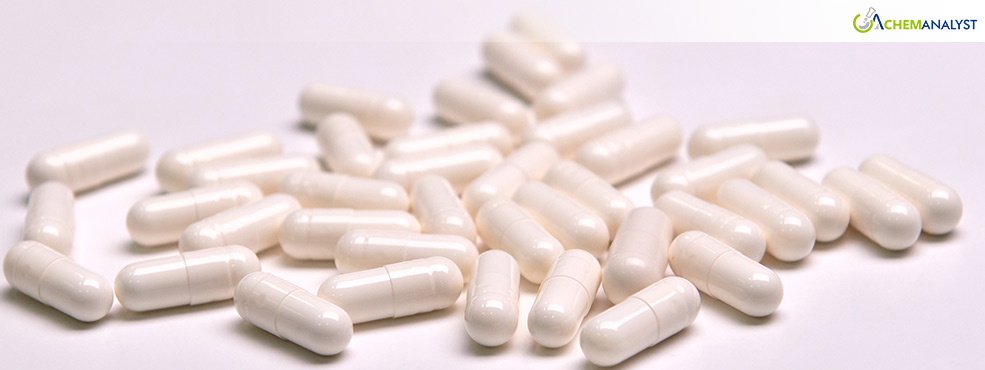Global Arginine Prices Decline in February 2025 Amid Rising Supply and Weak Demand
- 24-Feb-2025 4:45 PM
- Journalist: Bob Duffler
In February 2025, the global prices of arginine, an essential amino acid widely used in pharmaceuticals, dietary supplements, and food industries, experienced an overall decline. This downward trend was influenced by various sectors and primarily attributed to cautious buying behavior from end-user industries, coupled with a sufficient supply of arginine in the market.
Key Takeaways:
- China, a major arginine producer, experienced price drops mirrored in Germany, a significant importer from China.
- Increased competition in China, with more manufacturers entering the market, has led to higher supply and lower prices for arginine.
- Corn prices, raw material, has decreased due to advancements in agricultural technology, prompting lower arginine production costs.
- The growth of alternative protein production in Germany likely to further reduce arginine demand, leading to continued price declines.
Notably, China has witnessed a decline in the market price, a trend that is similarly observed in Germany, which sources a significant portion of its arginine from China. This drop in arginine prices can be attributed to the growing number of manufacturers in China. As the number of producers rises, competition intensifies, leading to a higher supply of arginine in the market. This increase in supply typically drives prices down, as manufacturers compete to attract customers by offering more competitive pricing. This heightened competition among producers is keeping the market price of arginine in check.
Moreover, during the first week of February, arginine prices saw a marginal increase due to the Chinese Lunar New Year, which resulted in limited demand in the Chinese market and some supply constraints as manufacturing operations remained closed during the holiday period. However, in the subsequent weeks, after the Lunar New Year celebrations concluded, manufacturers ramped up production. This surge in output led to an oversupply of arginine in the market, ultimately driving prices downward.
Additionally, one of the key factors behind this trend is the dramatic drop in the price of corn. Corn plays a crucial role as a primary raw material in the manufacturing of arginine. The sharp decline in corn prices has been driven by significant advancements in agricultural production technology and improvements in crop yields. These innovations have increased the efficiency of corn production, leading to higher availability and lower costs of raw material. As corn is a major input in arginine production, the decreased cost of corn has contributed to lower production costs for manufacturers, which has, in turn, influenced the overall price trends in the market.
The price of arginine is forecasted to persist in its decline over the next period, largely due to the expansion of alternative protein manufacturing in Germany. The country is making significant strides in the production of plant-based and lab-grown proteins, which could reduce the dependency on animal-based protein sources, including arginine. As Germany increases its capacity in this sector, the supply of alternative protein products may impact the demand for traditional amino acids, including arginine, pushing prices down in the global market.



